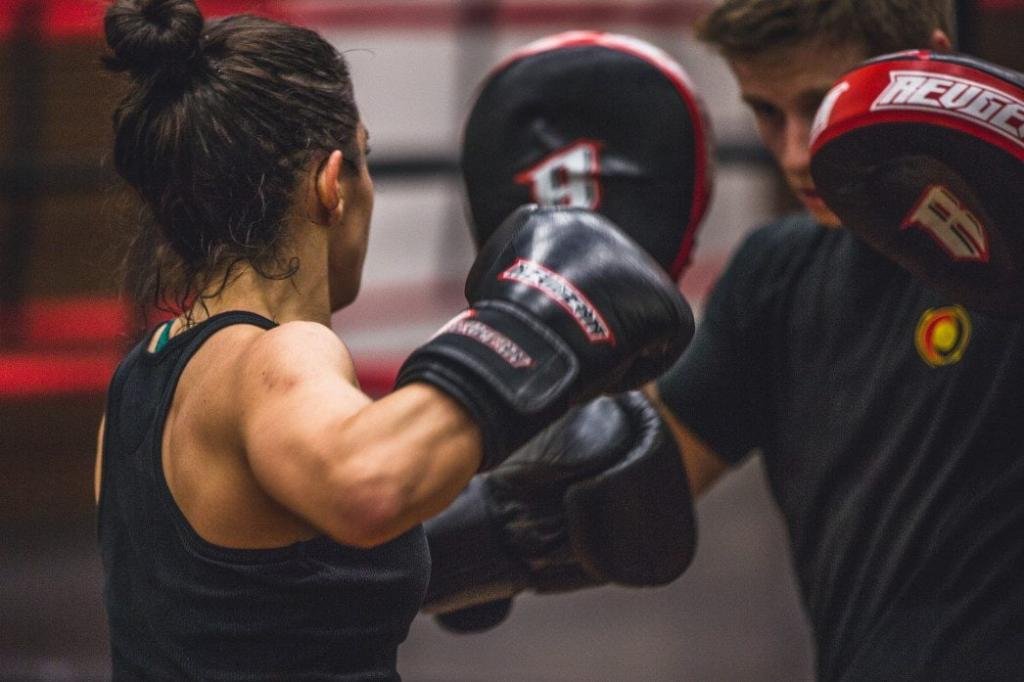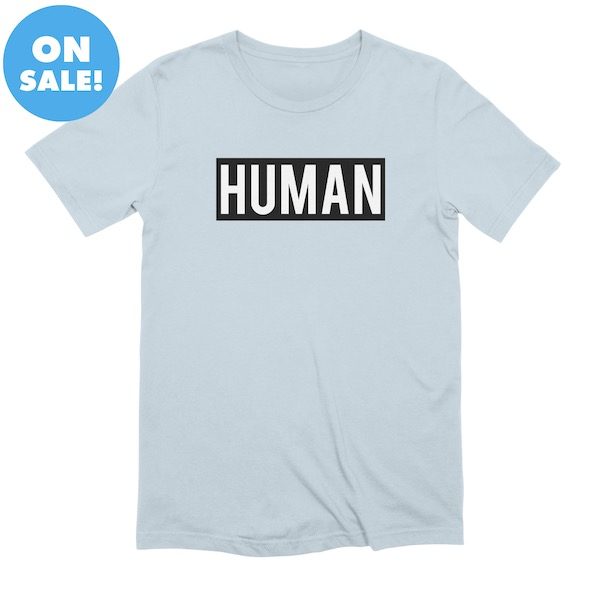Taking a look at Antonio Tarver’s record, best fights, and list of victories might be enough to inspire you and get you excited about a future in boxing. If fighting is a skill that you’re interested in learning, you’re already on your way to changing your life.
Aside from becoming an incredible fighter, taking boxing classes can improve your life in various ways. Here are just a few of the benefits of the sport, and why you should consider taking classes.


A Great Physique
What you might not realise about boxing and most other forms of martial arts, is that they involve full-body training. A boxing session will get your heart pumping and also target just about every muscle group, from your shoulders, to your core, to your legs.
What this results in is an overall balanced and chiselled physique. You’ll hone and strengthen all the muscles in your body and become functionally strong, but also ripped and toned at the same time. The calories you burn will also help you to burn fat, giving you a strong but lean look.
Improved Cardio Health
Boxing is definitely a high-intensity form of training. This means that your heart and lungs will be fired up with each session, building endurance and improving your heart health day by day.
Working on your muscles and cardio fitness simultaneously is a great way to build overall fitness and improve your health on a larger scale.
Better Balance
Coordination and balance are the name of the game when it comes to boxing. You’ll have to focus on footwork, quicker reaction times and building core strength. All of these together will improve your balance.
Improved balance is a great help in your everyday life. It can help prevent falls and other minor injuries, help build a better posture, improve your general coordination and help you out in other forms of exercise like running or weightlifting.
Super Strength
Powerful shoulders aren’t the only thing that comes alongside a boxing routine. The tension across your whole body (upper body, abdomen, and legs) will assist you in building all-round strength, making you bigger and stronger than you could have imagined.
This means your boxing routine will not only have you looking good, but feeling far stronger and more functionally capable in your daily life.
Improved Mental State
As with any form of exercise, boxing can do wonders for your mental health. For starters, the activity will contribute to an improved sleeping pattern which will leave you feeling well-rested and energised throughout the day.
More than this, your training will be a great stress reliever, helping you to manage stress and anxiety, boosting your mood and even aiding with issues like depression. To ensure safety during your intense sparring sessions, it’s crucial to invest in quality boxing headgear for sparring, which provides protection without compromising your comfort.
Conclusion
Joining a boxing class can truly change your life for the better if you’re willing to put in the time, effort and dedication to the sport. Boxing is a full-body training session that will improve your figure, your health and your mood.

